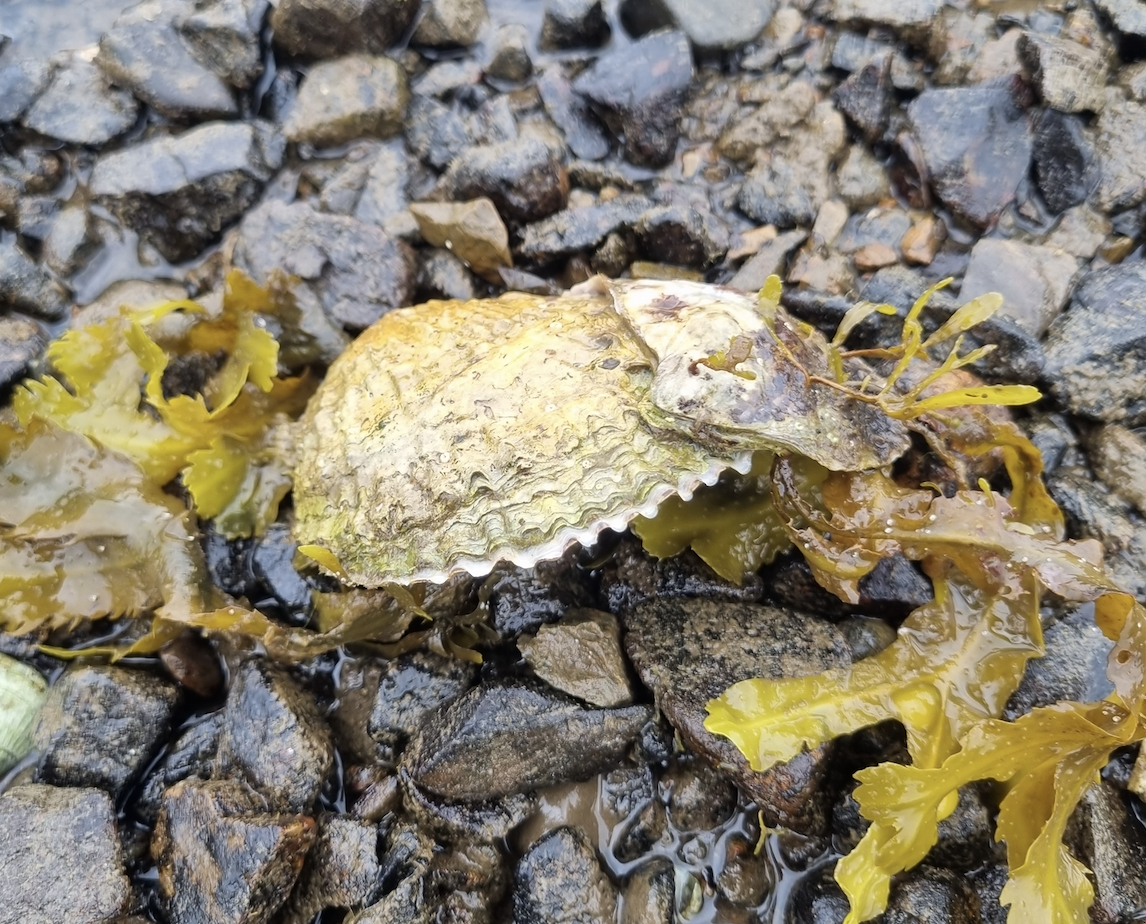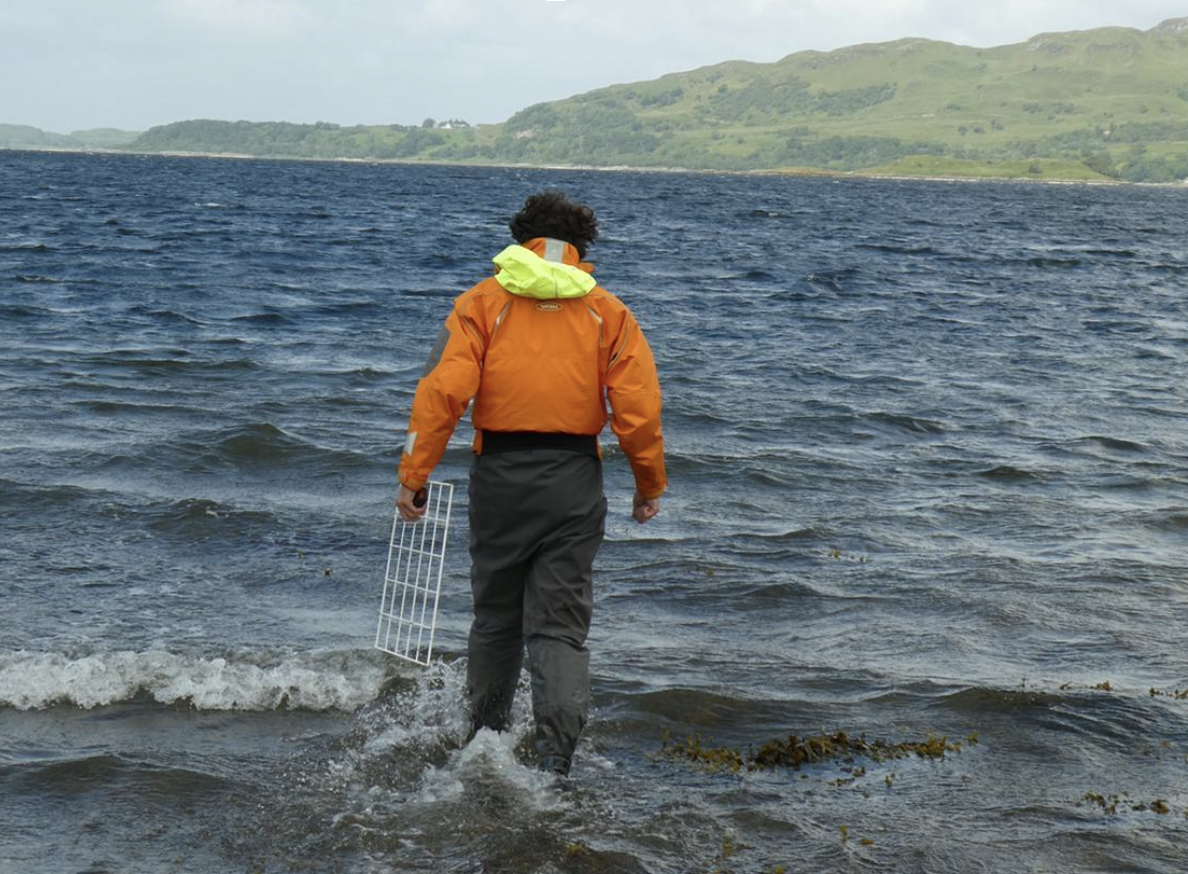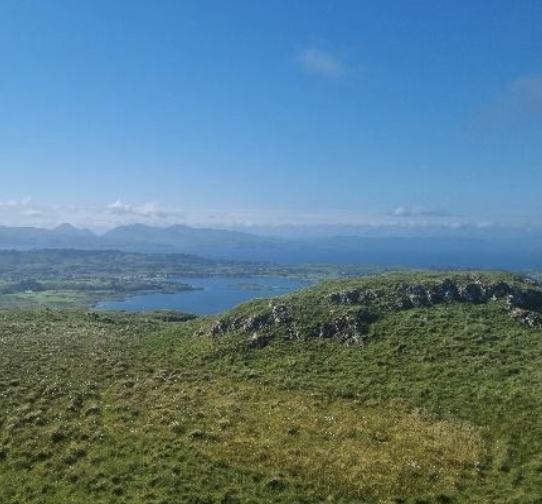The loch, at least, is your oyster – Modelling the distribution of a key ecosystem engineer in Loch Melfort, Argyll.

The Native Oyster (Ostrea edulis) is a little known, yet incredibly important coastal species. Key providers of biogenic habitat, the beds created by oyster aggregation performed functions similar to coral reefs. By transformation of muddy, flat seascapes, these beds harboured incredibly diverse communities of plants and animals, many of which were dependent on the oysters for survival. The complex 3-D structures they formed protected coastal ecosystems and infrastructure from storm events by attenuating wave energy. As filter feeders, oysters also performed an essential role in nutrient cycling and pollution control, removing harmful contaminants and controlling toxic algal blooms. Yet, like many of our flora and fauna within the UK, the species has nearly disappeared from our shores. Native oyster beds have declined by 85% across their European range, as a result of overfishing, pollution and habitat degradation. Once so common, Native Oyster beds are now an incredibly rare occurrence.
Kilchoan is attempting to reverse this decline within Loch Melfort. Since 2021, they have successfully released over 50,000 juvenile oysters at key sites across the loch, which, three years on, are showing impressive rates of survival and growth. The selection of sites for release, however, is difficult. Oysters are incredibly sensitive organisms, needing the right temperature, salinity, food level and habitat to grow and reproduce. Release at the wrong can lead to the loss of the entire group. Kilchoan has, so far, successfully employed four release sites, yet identification of new locations would allow expansion of the operation, increasing the chances of loch-wide restoration. In the summer of 2024, I was lucky enough to stay at Kilchoan, and, using a form of predictive modelling known as species distribution modelling, worked to identify these new sites.
aims
- Identify which environmental variables contribute most to habitat suitability for Native Oysters within Loch Melfort
- Predict the distribution of the species within the region.
METHODS
Zoological research is varied; it can be based in a lab, at a desk or in the field. Each has their own merits and uses, yet I was lucky enough to be conducting field research for my project. Over a period of six weeks, I took samples of 12 environmental variables at 50 sites across the loch. Every day, my fellow researcher, Carolina, and I, would take kayaks to visit these sites (see figure 1), where I would take water samples for salinity testing, deploy temperature loggers, record the substrate type, calculate the level of seaweed cover and measure the distance of each site from the nearest freshwater source.


RESULTS AND CONCLUSIONS
Overall, the model performed well. Through a process known as model validation, I was able to extract the overall accuracy in its predictive power, which was high at 89%. Crucially, the model also showed a statistically significant difference from the null model – meaning its accuracy was sufficiently higher than a model predicting only absence for each site. Of the 12 variables, the model showed that oysters preferred environments close to fresh water, with high levels of gravel, varied substrates and low levels of seaweed cover. As a euryhaline species, meaning a marine species that often colonises areas of freshwater input, and a competitor with seaweed, these results, bar the preference for gravel, were not surprising. As a reasonably unstable substrate, it was not expected that gravel would be preferred, yet it is perhaps not surprising, as the habitats historically preferred by Native Oysters became extremely degraded as they were continuously over-exploited within the last two centuries. Crucially, the model returned several sites as having a very high probability of oyster presence, meaning they would be suitable for release in future (see figure 2). The prediction of these sites is a most significant finding, as it invites the prospect of a more extensive release operation in the future, increasing the chances of loch-wide establishment by the oyster.
Staying at Kilchoan
I count myself as extremely lucky to have conducted my research at Kilchoan. The beauty of the loch, and the estate itself, is unparalleled, whilst, as a zoologist, I took particular joy in the abundance of wildlife. Walking around the grounds, you can see deer, rare small bird species and fascinating insects on every plant. Every day whilst kayaking we would be followed by seals, paddle past swarms of moon jellyfish, and would often turn round a bend to see otters playing in the seaweed gardens. The four resident white-tailed eagles, one of the largest raptors in the world, would frequently fly over our heads, and on my last day of kayaking, I was astounded to see a porpoise surfacing, which swam near us for the better part of half an hour. The hospitality and help provided by the Kilchoan staff was equally astounding. The staff constantly made time in their busy schedules to answer questions, drive us to sites when the weather was too bad for kayaking, or to simply talk about the things we had seen around the area. Without their help, this project would have been impossible.

Clockwise left to right – Kilchoan Bay, a lions mane jellyfish (one of the smaller ones we saw!) and the top of peak just next to the estate.


